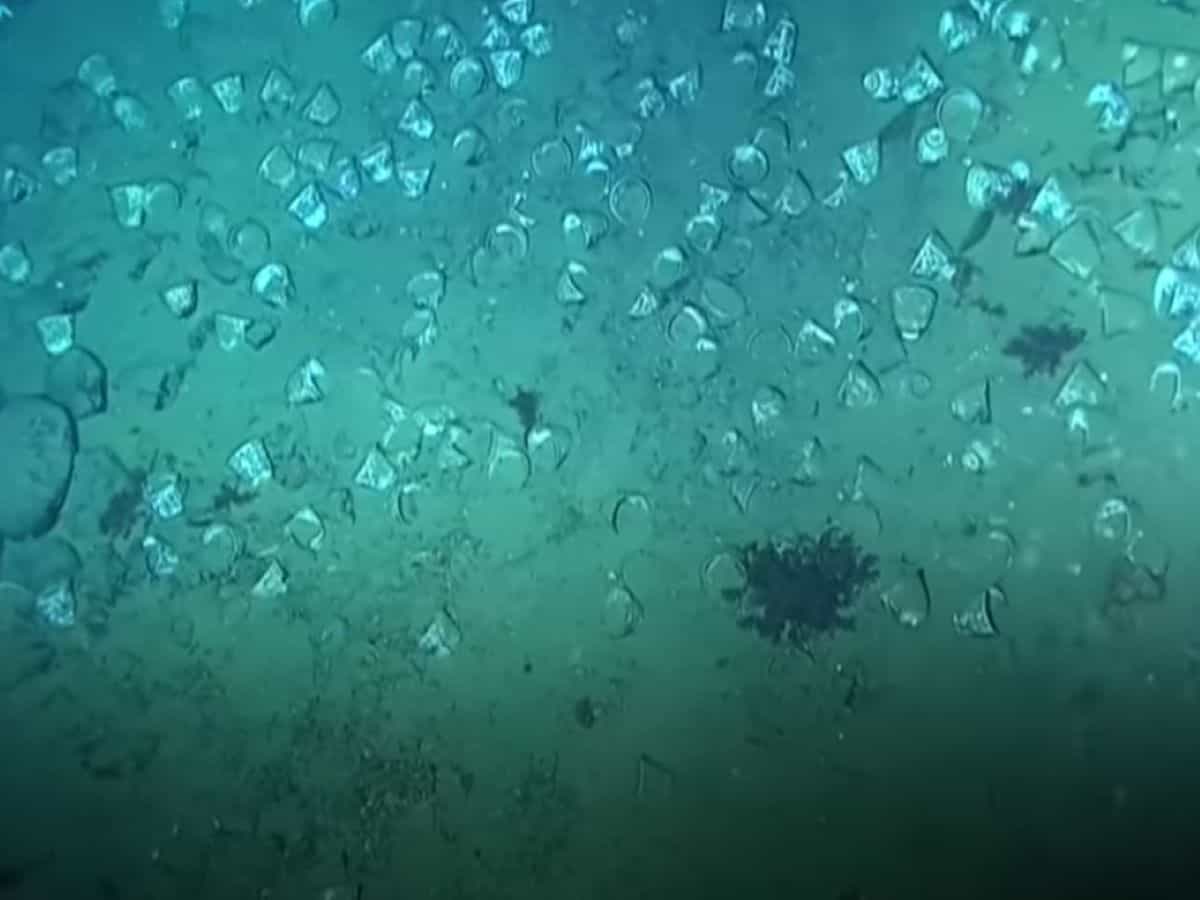

San Jose galleon with its bounty worth billions (estimated to be about $17 billion) can be seen today after nearly three centuries.
The Colombian army has now released a video showing gold coins and other valuable items around the shipwreck.
The galleon was sunk sometime in 1708 by the Royal Navy during the Naval battles of the War of the Spanish Succession.
However, the exact place where the San Jose galleon was sunk was not known despite several attempts being made by bounty hunters.
It is supposed to be somewhere close to the port of Cartagena on Colombia’s coast with the Caribbean.
Colombian Navy formally announced its discovery in 2015.
The galleon was supposed to carry about 200 tons of treasure, including gold doubloon coins, gold ingots, silver coins, and emeralds that the Spanish empire looted from South America.
The ship also had ancient cannons, Chinese porcelain, and pottery.
The Colombian government and military archaeologists are studying the inscriptions found on the treasure to determine the places they originated from.
The Colombian President has said that the treasure would remain in Columbia.
The $17 billion worth of treasure is highly contested with several parties in the fray making a claim, including the professional salvage company that first found the wreck in 1981, countries like Colombia, and Spain. Besides that Bolivia’s indigenous Qhara Qhara people say the treasure originally belonged to them as they mined most of it.
The San José was a 62-gun galleon that led a treasure fleet of three warships and 14 merchant vessels from Portobelo in Panama to Cartagena.
Spain says the San José is a Spanish military vessel and therefore is still Spanish property under the terms of a United Nations treaty, of which Colombia is not a signatory.
It Spanish crew who died in the shipwreck are contained in the ship therefore according to international conventions, Spain still owns everything on board.
Chara nation claims that the Spanish forced their ancestors to mine most of it in the 16th century.
In 2018, the United Nations Educational, Scientific and Cultural Organization (UNESCO) advised Colombia not to “commercially exploit the treasure by salvaging it.
Near the Barú Peninsula fi, warships of the British Royal Navy attacked the Spanish ships, and a route followed with the San José exploding with its stores of gunpowder detonating It sunk taking nearly 600 crewmembers and its treasure on board to the depths of the ocean.
In the early 1980s, a U.S. company called Sea Search Armada claimed to have located the San José shipwreck and proposed a deal to the Colombian government to share the treasure, but The Columbian government declined any salvage work.
The Columbian government also passed a law in 2013
In 2015, the Colombian government announced that its navy had located the San José shipwreck at a different location.
As Colombia claimed to have nearly 1,200 shipwrecks around its coast it passed a law in 2013 proclaiming that all shipwrecks in its waters are part of the country’s national heritage.
Columbian Navy was able to access the sunk galleon and its huge treasure by going nearly a kilometer deep under the sea using a remotely operated submersible.
There were suggestions also that Colombia and Spain reach an ownership agreement and have the San Jose site placed under UNESCO’s protection.
